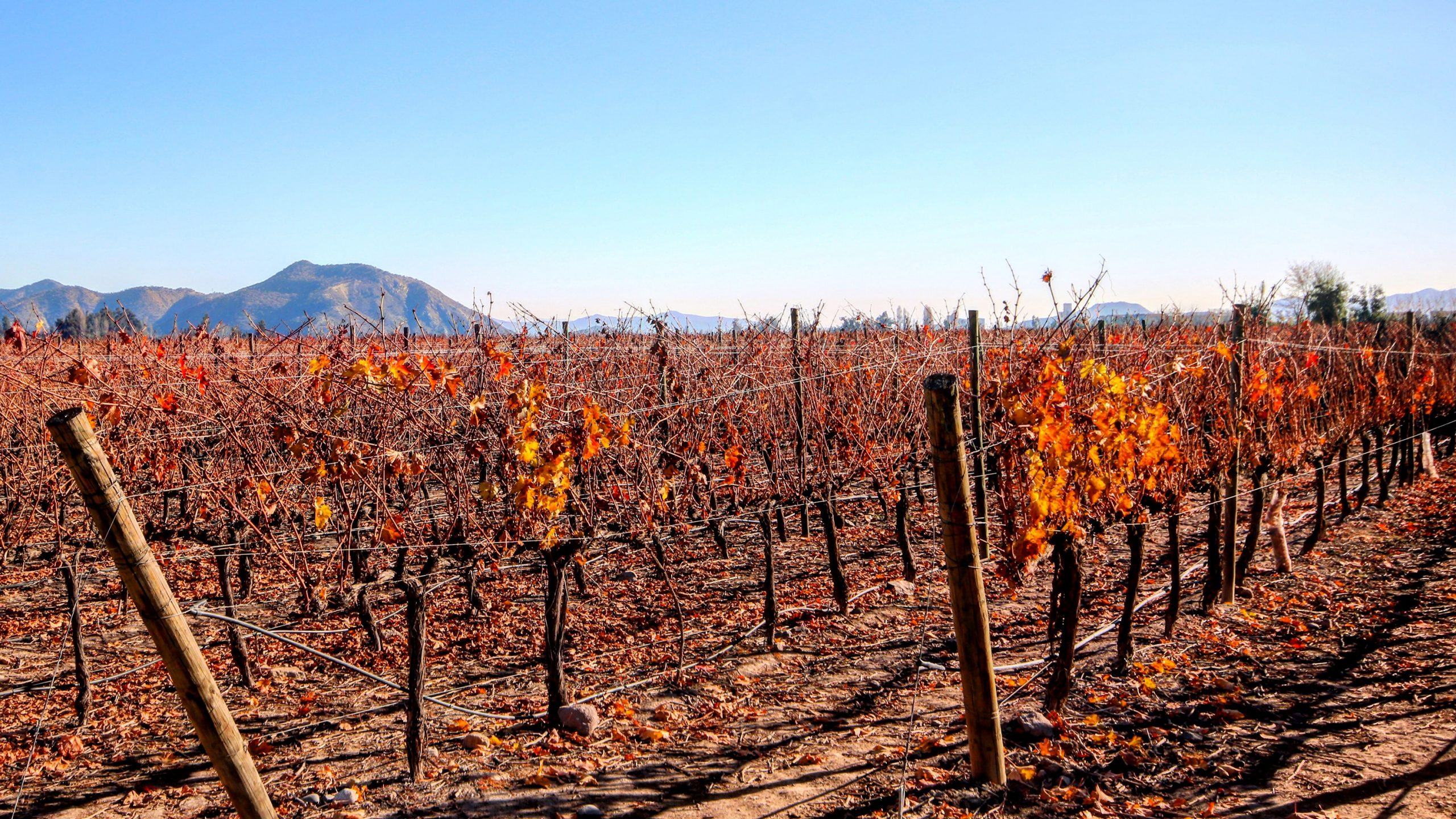One Chilean winemaker says that the popular belief of Cabernet Sauvignon being mundane is all about to change. The grape which is the most-planted in Chile has assured the Latin American wine a solid stream of sales for over thirty years, as such it has developed a reputation of being a little passe.
However, the ‘go-to’ drink of a nation is now inspiring new projects, new styles, and is being sourced from entirely new regions.
Speaking with the Drinks Business last week, Emily Faulconer, a winemaker from Chile’s oldest winery, Carmen, said that things are on the up for Cabernet Sauvignon. Now sourced from the top sites in the higher parts of the Maipo valley, known as the Alto Maipo, or Maipo Andes, the drink is more exciting than ever.
Citing innovations in recent history, Faulconer noted key areas of interest for the country’s winemakers. Considering the development of cooler climate locations in coastal areas for Burgundian grapes Chardonnay and Pinot Noir to the celebration of Chile’s viticultural past with the renewed appreciation of bush-trained vineyards planted with Carignan and Pais in more southerly areas, from Maule to Itata.
However, at the moment, some of the country’s biggest winemaking projects concern Cabernet, and the nation’s traditional winegrowing area of the Maipo Valley.
Owners of Carmen winery, Santa Rita, have been undertaking what is described as “the most important single project with Cabernet Sauvignon in Chile,” with a replanting scheme for almost 500 hectares of the grape at its estate in the Maipo Andes sub region of Alto Jahuel.
Speaking about a change in focus among Chilean wineries, Faulconer said:
“The wine scenario has completely changed compared to 15 years ago.
“Before, the big brands were exploring new areas, but today it is about focusing on existing areas, and increasing the diversity by focusing on special sites, and different styles.
“This might be in Maipo with Cabernet, it’s not only about Pais and Carignan from Maule, and people are really specialising in their sites, that is the switch.
“And the trend today is that Cabernet Sauvignon has gone back to becoming something fun; when I started working [with the grape in Chile] 12 years ago, it was considered boring, and people didn’t want to know about it, all the excitement was focused on wines from Itata, or Chardonnay from Limarí.
“Today, and I can feel it among my colleagues, there is a big interest in Cabernet Sauvignon – it is a grape variety that didn’t go out of fashion with consumers – but it was pushed a bit to one side by winemakers.
“However, it is now back on trend and stylistically, there are a lot of versions – you can really feel the differences according to origin, and it’s becoming very competitive.”
With winemakers reinvigorated, it seems like this is the perfect time to give Chilean Cabernet Sauvignons another try.


